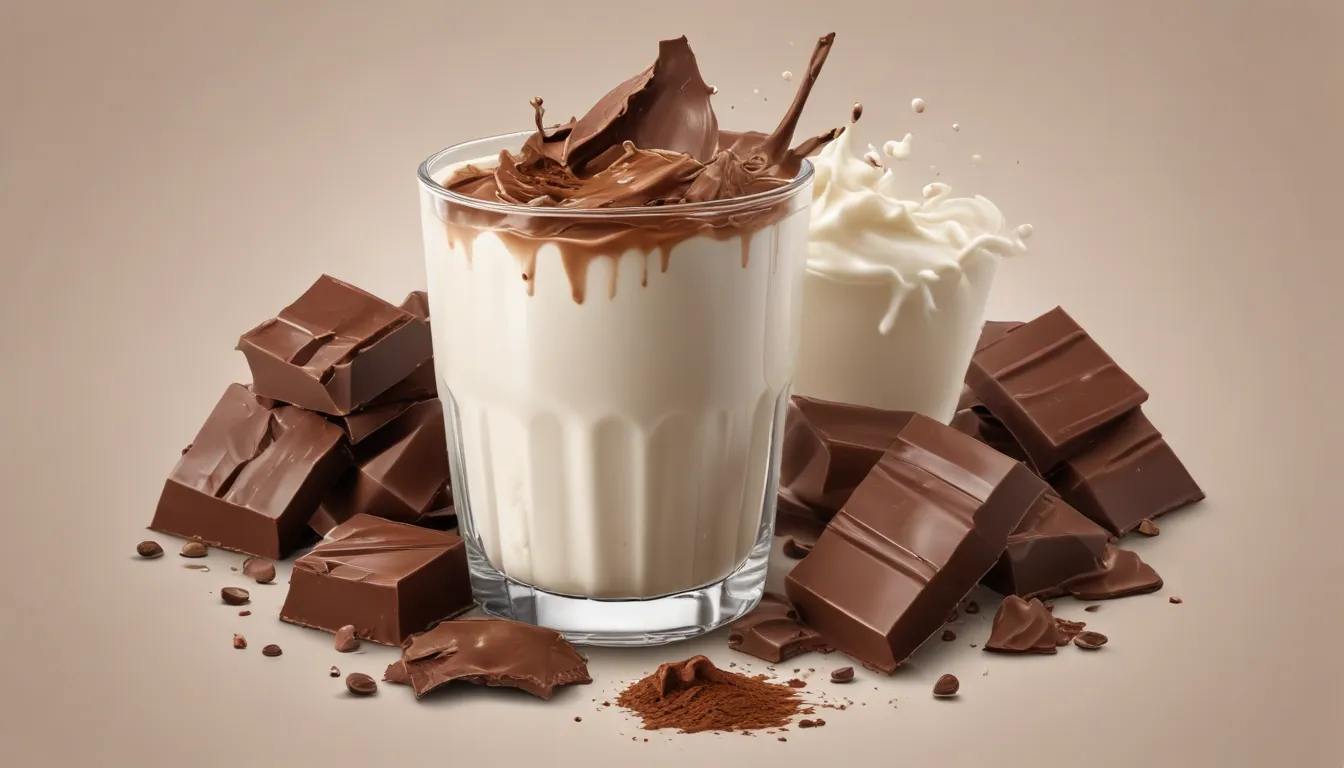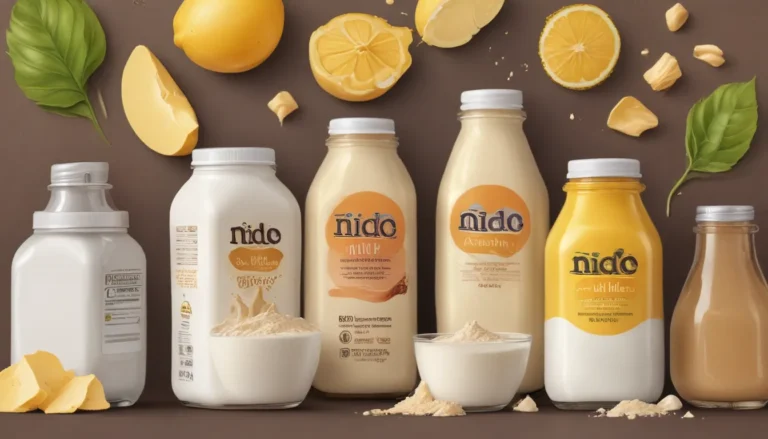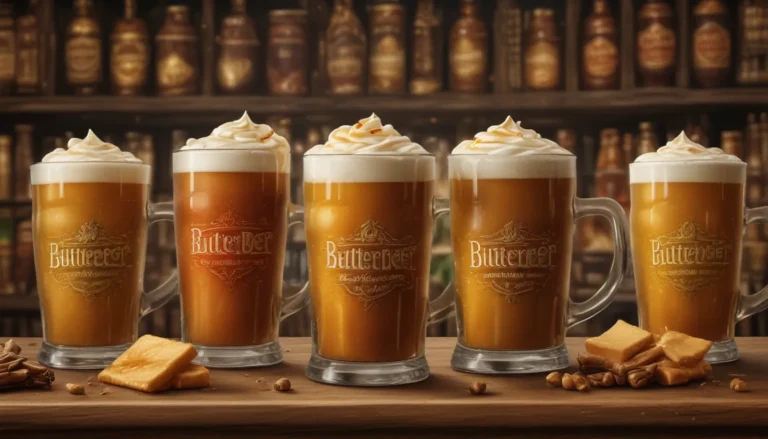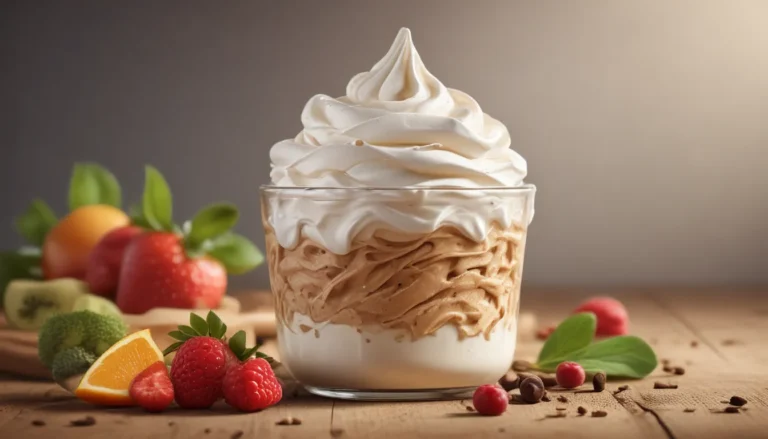The pictures in our articles might not always show exactly what the text is talking about. We use these images to make the article more interesting and eye-catching. They are there to add to the text, but not to replace it or show every detail.
Are you a fan of the smooth, creamy, and sweet taste of milk chocolate? If so, you're not alone! Milk chocolate is one of the most beloved types of chocolate worldwide, loved for its indulgent flavor and delightful texture. But did you know there are fascinating facts about milk chocolate that may surprise you? In this article, we'll delve into 10 intriguing facts about milk chocolate that will deepen your appreciation for this delectable treat. From its origins and composition to its health benefits and popularity, there's so much to uncover about milk chocolate. So, grab a bar of your favorite milk chocolate, sit back, and let's explore the world of this beloved sweet treat together!
The Origins of Milk Chocolate
In the late 19th century, a Swiss chocolatier named Daniel Peter invented milk chocolate by adding powdered milk to chocolate. This innovation resulted in a smoother and creamier texture, giving birth to the milk chocolate we enjoy today.
The Percentage of Cocoa
Unlike dark chocolate, which typically contains a higher percentage of cocoa, milk chocolate has around 30% cocoa content. The addition of milk solids gives it a milder flavor that many people find irresistible.
Benefits of Milk Chocolate
Despite its reputation for being a sugary indulgence, milk chocolate does offer some health benefits. It contains calcium and antioxidants, which can be good for your body. However, it's essential to consume it in moderation due to its high sugar and calorie content.
The Role of Milk Powder
Milk powder is a crucial ingredient in milk chocolate, providing the creamy and smooth texture that balances the bitterness of cocoa. This addition enhances the overall flavor profile of milk chocolate.
Popular Milk Chocolate Brands
From household names like Hershey's and Cadbury to gourmet brands like Lindt, there are numerous milk chocolate brands that have captured the hearts of chocolate lovers worldwide. Each brand adds its unique twist to the classic milk chocolate recipe.
Melting Point
Milk chocolate has a lower melting point compared to dark chocolate, thanks to its higher milk solids and sugar content. This is why it melts so effortlessly in your mouth and is a favorite in baking for its smooth consistency.
Milk and Sugar Ratio
To achieve the perfect balance of sweetness and creaminess, milk chocolate contains a higher proportion of milk and sugar compared to dark chocolate. This combination gives milk chocolate its signature melt-in-your-mouth texture.
Milk Chocolate Variations
Milk chocolate is incredibly versatile and can be infused with various flavors and ingredients. Whether it's nuts, caramel, fruits, or even spices like chili or sea salt, these additions add complexity to the overall taste of milk chocolate.
Milk Chocolate and Dessert Recipes
Milk chocolate is a staple ingredient in many delectable dessert recipes. From cakes and cookies to mousses and fondues, its smooth and luscious texture makes it perfect for creating indulgent treats that satisfy any sweet tooth.
Global Milk Chocolate Consumption
Milk chocolate is not only enjoyed worldwide but is also a popular choice among chocolate enthusiasts. Whether it's a simple chocolate bar or an elaborate truffle, the creamy sweetness of milk chocolate brings comfort and joy to many.
Conclusion
In conclusion, milk chocolate is a cherished treat that brings happiness to people all around the globe. Its creamy texture, sweet flavor, and health benefits make it a favorite indulgence for many. Whether you enjoy it on its own, in desserts, or as an ingredient in your favorite recipes, milk chocolate is sure to delight your taste buds and lift your spirits.
FAQs
- What is milk chocolate made of?
-
Milk chocolate is made from cocoa solids, cocoa butter, sugar, milk powder, and flavorings like vanilla. The cocoa solids provide its rich chocolate taste, while milk gives it a creamy texture.
-
Is milk chocolate good for you?
-
Milk chocolate contains antioxidants and essential minerals, but it's important to consume it in moderation due to its sugar and fat content. Dark chocolate with higher cocoa content is a healthier alternative.
-
Can milk chocolate trigger allergies?
-
Yes, milk chocolate contains milk and may trigger allergies in lactose-intolerant individuals or those with a dairy allergy. Opt for dairy-free or vegan alternatives if you have dietary restrictions.
-
What is the difference between milk chocolate and dark chocolate?
-
The main difference lies in the cocoa content, with milk chocolate having lower cocoa solids and the addition of milk. Dark chocolate has a higher cocoa content and a more intense, bitter taste.
-
How should milk chocolate be stored?
- Store milk chocolate in a cool, dry place away from sunlight in an airtight container or wrapper to preserve its taste and quality.
Immerse yourself in the world of milk chocolate, from its rich history to its delightful flavors and versatile uses. Whether you're a die-hard chocolate fan or just curious about this beloved treat, there's something magical about milk chocolate that captivates taste buds and hearts alike. So, indulge in a piece of milk chocolate today and savor every creamy, sweet moment it brings!






